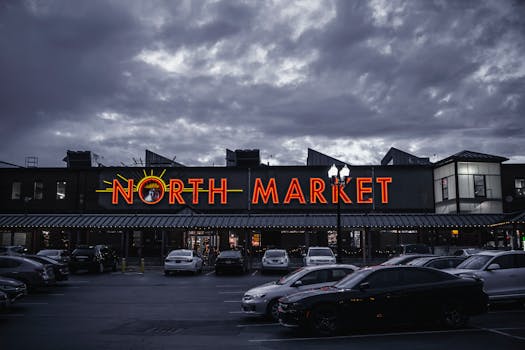
Overland Adventures: Ditch the Itinerary, Embrace the Unexpected (And Why It's Better)
Forget rigid itineraries and pre-booked campsites. The best overland adventures aren't about ticking off landmarks; they're about surrendering to the unexpected. This isn't about avoiding planning entirely, but about shifting your focus from control to curiosity, allowing the journey itself to become the ultimate destination.
Read MoreTravel
View all →
Gap Year Adventures: Ditch the Tourist Traps & Discover Your Authentic Self

King-Sized Comfort on the Road: Unveiling the Unexpected Perks of a Travel Trailer with a King Bed

Escape the Spreadsheet: How Travel Tables Transformed My Remote Work Life (and Might Do the Same For Yours)


